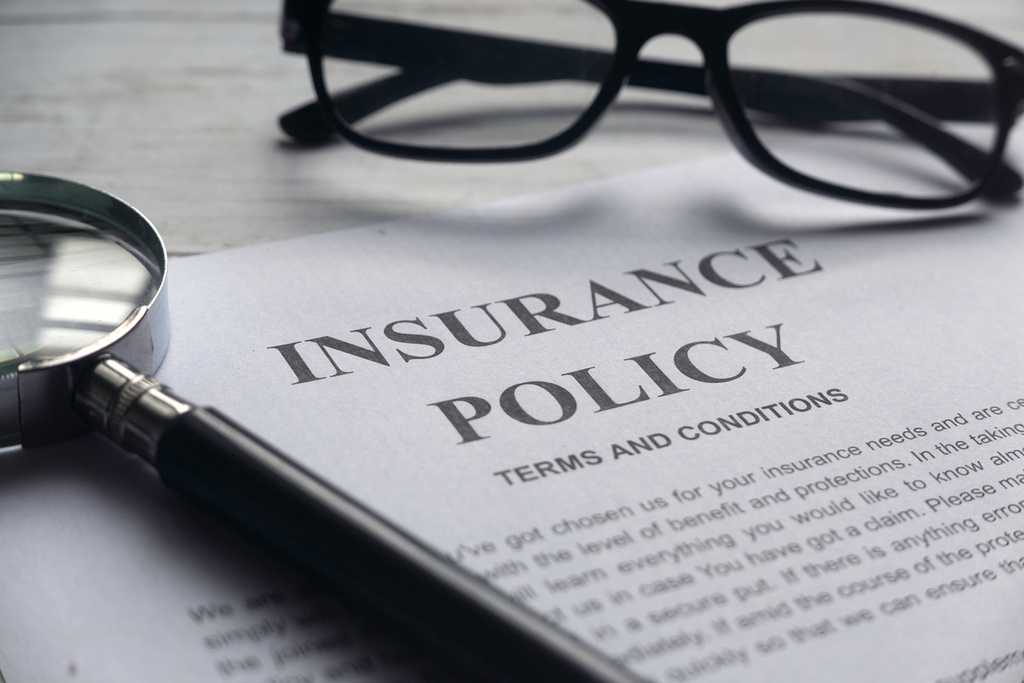Shopping for insurance can be a complicated endeavor, mostly because you have to be aware what policies actually cover and you have to decide on the level of insurance coverage you need. In the meantime, you also have to shop around and compare insurance quotes across multiple providers. If you don't, you could wind up overpaying for coverage or settling for lower policy limits or fewer coverages than you really have to.
In the meantime, knowing how different levels of insurance coverage work can help you wind up with the best deal. With that in mind, you may have heard about broad form insurance and wondered about its main pros and cons.
What Is Broad Form Insurance?
Generally speaking, broad form insurance is a type of insurance coverage that includes more coverage options than basic coverage. A higher premium may be required to account for the additional included hazards, and a deductible also needs to be paid as well.
This type of coverage is geared to individuals who want a higher level of protection against financial losses, or more peace of mind in general. Of course, broad form insurance options vary from company to company, so it's important to shop around and compare policies based on their inclusions, features, annual limits, deductibles, and other factors.
What Does Broad Form Property Insurance Cover
When it comes to broad form homeowners insurance or property insurance, you should first know what basic form coverage includes. By and large, basic form coverage only includes perils that are specifically named in your policy. With homeowners insurance coverage, covered perils usually include the following:
- Fire
- Lightning
- Windstorm or hail
- Explosions
- Smoke damage
- Vandalism
- Aircraft or vehicle collisions
- Riots and civil unrest
- Damages caused by a sinkhole collapse
- Volcanic activity
Broad form insurance provides coverage for all of these perils, yet it adds another layer of protection via additional types of coverage you could easily need one day. For example, broad form property insurance can include coverage for:
- Damage caused by burglary and break-ins
- Damaged caused by falling objects
- Weight of ice and snow
- Damage caused by frozen pipes
- Accidental water damage
- Damage caused by artificially generated electricity
Broad form homeowners insurance coverage is also commonly referred to as HO-2 coverage.
What Does Broad Form Auto Insurance Cover?
One interesting detail to note about broad form insurance is that auto coverage in this realm works differently than other types of insurance. With broad form auto insurance, you are only buying car insurance for a specific driver. This is different from other policies since you are typically insuring specific car(s) with some additional coverage provided for anyone who drives them.
According to Vern Fonk, a Washington insurance company that sells broad form coverage for cars, this type of insurance is typically purchased in order to provide coverage "for employees, executives, or any other person who is supplied a company vehicle, but who does not own a personal vehicle, and thus does not have coverage under a personal auto policy."
Further, "an endorsement may be added to the automobile policy of the company that furnishes the automobile to give protection while the named individual or spouse is driving a car borrowed from a third party."
With broad form auto insurance, individuals cannot purchase comprehensive or collision coverage. This means that, if they're in an accident that is their fault or not, the insurance coverage will not kick in to pay for auto repairs or replacement. However, broad form insurance does make it possible for the driver to purchase optional personal injury protection and uninsured motorist coverage.
States That Have Broad Form Auto Insurance
If you have never heard of broad form auto insurance before, that's probably because this type of coverage isn't widely available. In fact, broad form insurance is only available in 11 states nationwide.
States with broad form auto insurance coverage include:
- Colorado
- Delaware
- Idaho
- Iowa
- Maryland
- Mississippi
- Nebraska
- Nevada
- Ohio
- Tennessee
- Washington
Should You Get Broad Form Insurance?
Whether or not you should get broad form insurance depends on an array of factors, including the amount of protection you want and need. At the end of the day, the best type of insurance coverage for any family depends on the details like their risk factors, their budget, and their net worth.
If you want additional coverage for more perils within your homeowners insurance or property insurance policy, then broad form insurance may suit your needs. However, in the homeowners insurance realm especially, HO5 insurance can offer even more protection due to the open perils coverage it offers. This means all perils are covered by your policy unless they are specifically excluded.
Whatever level of coverage you need, it makes sense to compare multiple insurance companies in terms of the policies they offer, potential deductible amounts, premiums, and more. Broad form insurance may leave you better off, but make sure to consider all your options so you know for sure.
Frequently Asked Questions (FAQ)
Is Broad Form considered "full coverage?"
When it comes to homeowners insurance, broad form insurance covers more than a basic policy. However, broad form auto insurance covers the driver instead of specific vehicles, and it doesn't come with collision or comprehensive coverage included.
What Is Broad Form Home Insurance?
Broad form home insurance offers more included perils than basic form homeowners insurance. For example, it covers everything a basic form policy does, but with the addition of perils such as damage caused by burglary and break-ins, falling objects, the weight of ice and snow, frozen pipes, accidental water damage, and artificially generated electricity.
What Is Broad Form Collision?
Broad form collision coverage can work differently in individual states. In the state of Michigan, for example, broad form collision coverage pays for collision damage to a vehicle regardless of who is at fault with no deductible required if the driver is not "substantially at fault," or more than 50% responsible for the accident in question.

